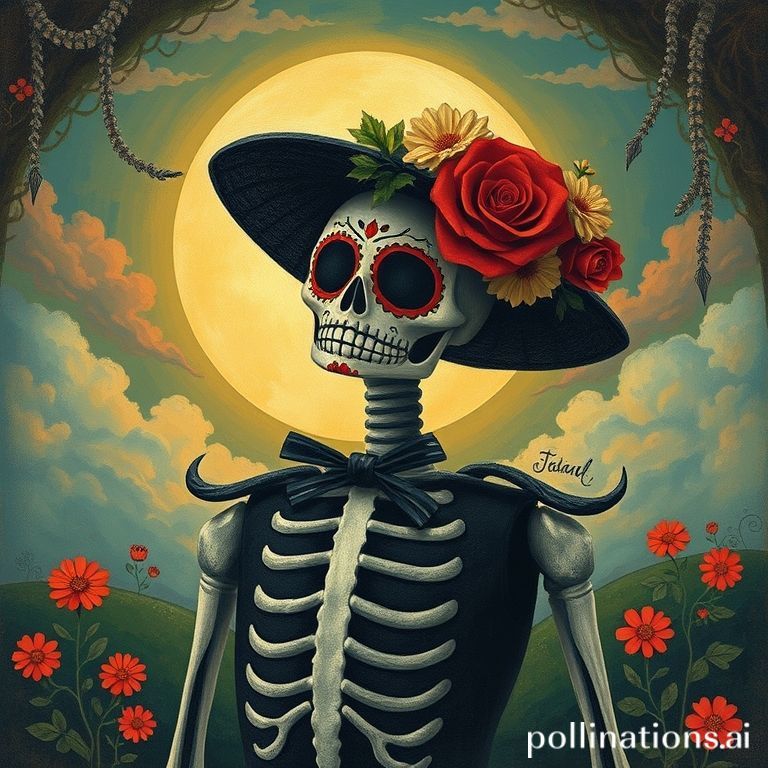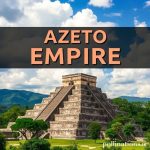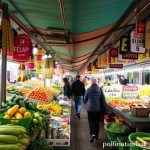Día de los Muertos, or Day of the Dead, is a vibrant and deeply meaningful holiday celebrated primarily in Mexico. Far from being a somber occasion, it’s a joyful and colorful celebration of life, where families honor and remember their deceased loved ones. This unique blend of indigenous traditions and Catholic beliefs results in a beautiful tapestry of customs, rituals, and artistry that captivates the hearts of people worldwide.
The beauty of Día de los Muertos lies not only in its visual splendor but also in its profound message about life, death, and remembrance. It’s a time for families to reconnect with their ancestors, share stories, and celebrate the enduring bonds of love that transcend the boundaries of life and death. The holiday provides a comforting framework for grieving and honoring the memory of those who have passed away.
The Rich Traditions of Día de Muertos
The traditions of Día de los Muertos are a fascinating mix of pre-Hispanic beliefs and Catholic influences. Indigenous cultures in Mexico believed that the spirits of the dead could return to visit their families during a specific time of year. This belief was combined with the Catholic All Souls’ Day and All Saints’ Day, resulting in the modern-day celebration that spans November 1st and 2nd.
Ofrendas: Altars of Remembrance
One of the most recognizable symbols of Día de los Muertos is the ofrenda, or altar. These altars are meticulously constructed and decorated with offerings to welcome the spirits of the deceased. Common elements of an ofrenda include:
- Photos of the deceased: These serve as a focal point for the altar and a personal connection to the loved ones being honored.
- Cempasúchil (Marigolds): The bright orange and yellow marigolds are believed to guide the spirits to the altar with their vibrant color and scent.
- Candles: Representing light and hope, candles illuminate the path for the returning spirits.
- Food and Drinks: The favorite foods and beverages of the deceased are placed on the altar as a welcoming treat. This often includes pan de muerto (bread of the dead), a sweet bread decorated with bone-shaped designs.
- Papel Picado: These colorful, intricately cut paper banners add a festive touch to the altar and represent the fragility of life.
- Personal Items: Items that belonged to the deceased, such as clothing, books, or tools, are included to further personalize the altar and evoke memories.
The Significance of Sugar Skulls
Sugar skulls, or calaveras de azúcar, are another iconic symbol of Día de los Muertos. These brightly decorated skulls are often adorned with names and given as gifts to both the living and the dead. They represent the sweetness of life and the acceptance of death as a natural part of the human experience. The act of giving a sugar skull with a person’s name on it is a playful and affectionate gesture, acknowledging mortality in a lighthearted way.
Celebrations in the Community
Día de los Muertos is not just a private family affair; it’s also celebrated in communities throughout Mexico. Many towns and cities hold vibrant parades, with people dressed in elaborate costumes and face paint. These parades often feature music, dancing, and elaborate floats that depict scenes from Mexican folklore and history. Cemeteries are also transformed into festive gathering places, where families gather to decorate the graves of their loved ones, share food and drinks, and reminisce about cherished memories.
The Enduring Beauty of Remembrance
In a world where death is often feared and avoided, Día de los Muertos offers a refreshing perspective. It reminds us that death is a natural part of life and that our loved ones live on in our memories. The beauty of this celebration lies in its ability to transform grief into a celebration of life, love, and the enduring bonds that connect us to our ancestors.
Conclusion
Día de los Muertos is more than just a holiday; it’s a profound cultural expression that celebrates life, honors the deceased, and strengthens family bonds. Its vibrant colors, rich traditions, and heartfelt rituals create a beautiful and meaningful experience for all who participate. By embracing the spirit of Día de los Muertos, we can learn to appreciate the preciousness of life and the enduring power of love and remembrance.
Ready to immerse yourself further in Mexican culture? Share this article with your friends and family and keep exploring Life in Mexico for more fascinating insights!
IMAGE: A vibrant Día de los Muertos altar (ofrenda) set up indoors. The altar is overflowing with brightly colored marigolds, flickering candles, decorative sugar skulls, and framed photos of deceased loved ones. Papel picado banners hang above, casting colorful shadows. The mood is warm, celebratory, and filled with loving remembrance. The style is highly detailed and slightly whimsical, with a focus on rich textures and saturated colors.


